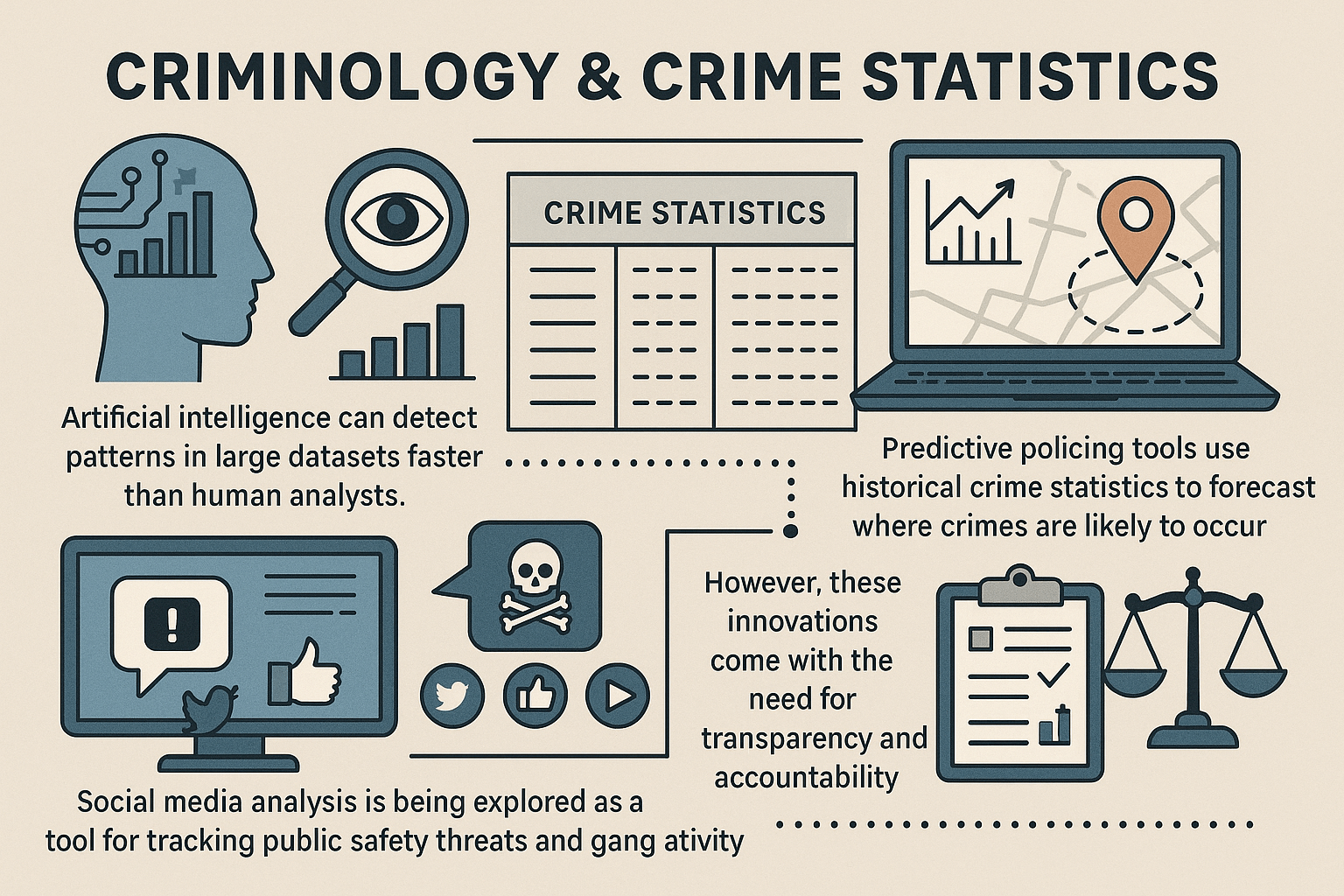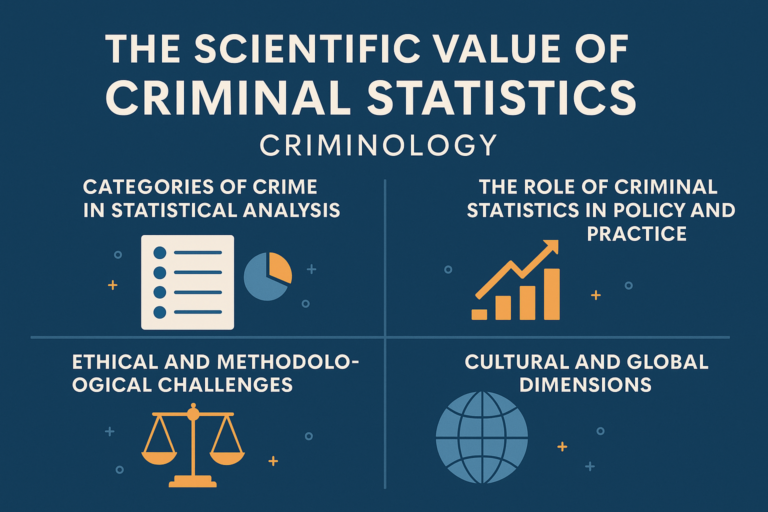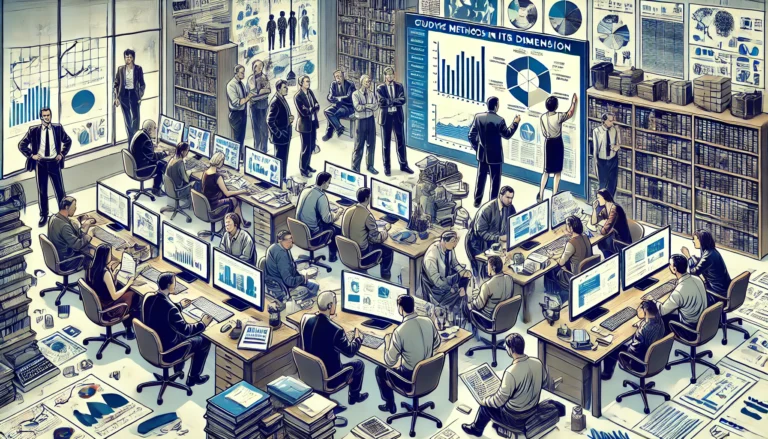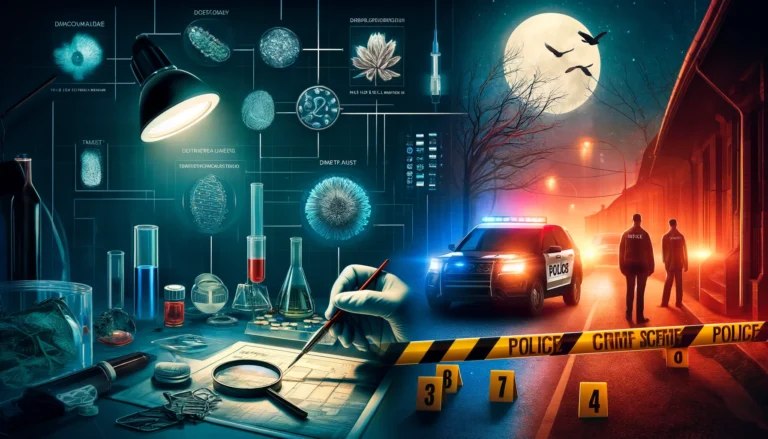The Relationship Between Criminology and Criminal Statistics
Introduction
Understanding crime is one of the most critical challenges facing modern societies. As criminal activities evolve in complexity and frequency, the need for comprehensive tools to understand, measure, and control crime becomes more urgent. This is where the disciplines of criminology and criminal statistics intersect. Criminology, a social science that studies the nature, causes, and prevention of crime, relies heavily on crime statistics to analyze trends and patterns.
The relationship between criminology and criminal statistics is both practical and theoretical. Statistics provide the raw data that criminologists use to form hypotheses, test theories, and recommend policy interventions. Without accurate and timely crime statistics, criminological research would lack the empirical foundation needed to produce effective and evidence-based conclusions. In turn, criminology helps interpret statistics in meaningful ways, transforming numbers into insights about criminal behavior, societal risk factors, and justice system effectiveness.
This article explores the deep and evolving relationship between criminology and criminal statistics, examining how they support one another, the challenges they face, and their growing importance in contemporary crime analysis.
1. Understanding Criminology
Criminology is the scientific study of crime, criminal behavior, and the criminal justice system. It seeks to understand not just the acts of crime themselves, but also the social, psychological, economic, and environmental factors that influence such behavior. Criminologists explore questions such as:
- Why do people commit crimes?
- What social conditions contribute to higher crime rates?
- How can societies reduce criminal behavior?
- What policies are most effective in controlling crime?
As an interdisciplinary field, criminology borrows concepts from sociology, psychology, law, and anthropology. The discipline is theory-driven but increasingly data-informed. Early criminological theories—like classical, positivist, and strain theories—focused on philosophical and moral explanations. However, modern criminology emphasizes evidence-based research grounded in reliable crime statistics and empirical data.
In the digital age, criminology is expanding to include topics like cybercrime, transnational crime, terrorism, and the role of artificial intelligence in policing. Each of these developments further reinforces the importance of data and statistical analysis in modern criminological work.
2. The Role of Criminal Statistics in Crime Research
Criminal statistics refer to the systematic collection, analysis, and interpretation of data related to crime and criminal behavior. These statistics are essential tools for understanding the scope, distribution, and nature of crime in any given society. Without crime statistics, researchers, policymakers, and law enforcement agencies would lack the foundation needed for informed decision-making.
There are several key sources for crime statistics, including:
- Police reports: Official data recorded by law enforcement agencies.
- Judicial data: Information from courts and correctional institutions.
- Victimization surveys: Surveys that ask individuals about their experiences with crime, regardless of whether the incidents were reported.
- Self-report studies: Surveys in which individuals confess to crimes they have committed, often anonymously.
Each source provides a unique perspective on crime, but they also have limitations. For example, not all crimes are reported to the police, leading to what’s called the “dark figure of crime”—the gap between reported and actual crime. This issue makes crime statistics both valuable and complex. Criminologists must understand the context and limitations of the data to interpret it accurately.
In the study of criminology and criminal statistics, data is used not only to describe crime but also to uncover patterns. For example, analyzing annual increases in burglary rates in urban neighborhoods may reveal broader social or economic trends, such as unemployment or housing instability.
Thus, crime statistics serve as both a mirror and a microscope—reflecting the state of crime in society and allowing for a detailed examination of its causes.
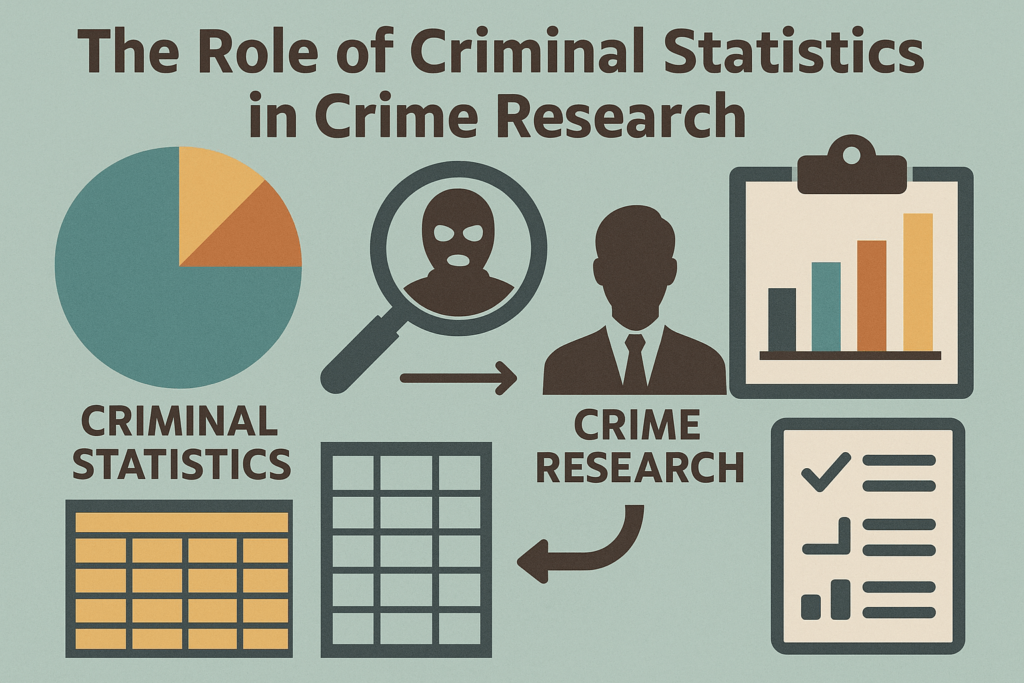
3. Historical Development of Criminology and Criminal Statistics
The connection between criminology and criminal statistics dates back to the 19th century, when the first attempts were made to systematically measure crime. One of the pioneers in this area was Belgian statistician Adolphe Quetelet, who introduced the concept of using numerical data to study social phenomena, including crime. He discovered that certain social factors—like poverty, education, and age—correlated with crime rates.
Another influential figure was Cesare Lombroso, often considered the father of modern criminology. Although some of his theories (e.g., the idea of a “born criminal”) are outdated, his emphasis on empirical observation and data collection laid the groundwork for integrating statistical methods into criminological research.
In the 20th century, crime statistics became central to the development of criminological theories. With the emergence of national crime databases, like the Uniform Crime Reporting (UCR) program in the United States, researchers gained access to large-scale datasets that allowed for more robust and comparative analyses.
Over time, the field of criminology and criminal statistics has grown increasingly sophisticated. Today, statistical models can predict crime hotspots, evaluate policing strategies, and even assess the risk of reoffending among individuals.
4. The Integration of Crime Statistics in Criminological Theory
One of the core functions of crime statistics is to test criminological theories. For example:
- Strain Theory suggests that individuals commit crimes when they experience a gap between societal goals and the means to achieve them. Crime data from economically disadvantaged communities can be used to assess this theory.
- Routine Activity Theory posits that crime occurs when a motivated offender meets a suitable target without adequate guardianship. Analysts use crime statistics to study time, location, and victim characteristics to support or refute this model.
- Social Disorganization Theory links crime rates to the breakdown of social institutions. Statistical comparisons across neighborhoods provide empirical evidence to explore these claims.
In all of these examples, criminology and criminal statistics work together: theory provides the framework, and statistics offer the evidence.
5. Using Crime Statistics to Understand Crime Patterns
One of the most valuable functions of crime statistics is their ability to reveal patterns over time and across geographic regions. Through detailed crime analysis, criminologists can identify trends in offenses such as theft, homicide, cybercrime, and domestic violence.
For instance, crime mapping—enabled by geographic information systems (GIS)—can pinpoint where crimes are most concentrated, often referred to as “hotspots.” This method has practical applications in law enforcement, allowing for the strategic deployment of resources. However, from a criminological standpoint, these spatial patterns can also be used to test theories related to urban structure, poverty, and social cohesion.
Time-series analysis is another powerful technique in criminology and criminal statistics. By studying how crime rates change over time—such as seasonal trends or spikes after major events—researchers gain insight into the social dynamics influencing crime. For example, an increase in domestic violence reports during economic downturns can support sociological theories linking financial stress to criminal behavior.
Additionally, crime statistics help detect emerging forms of crime, such as cybercrime and online fraud. By quantifying incidents, researchers can advocate for new legal frameworks and prevention strategies.
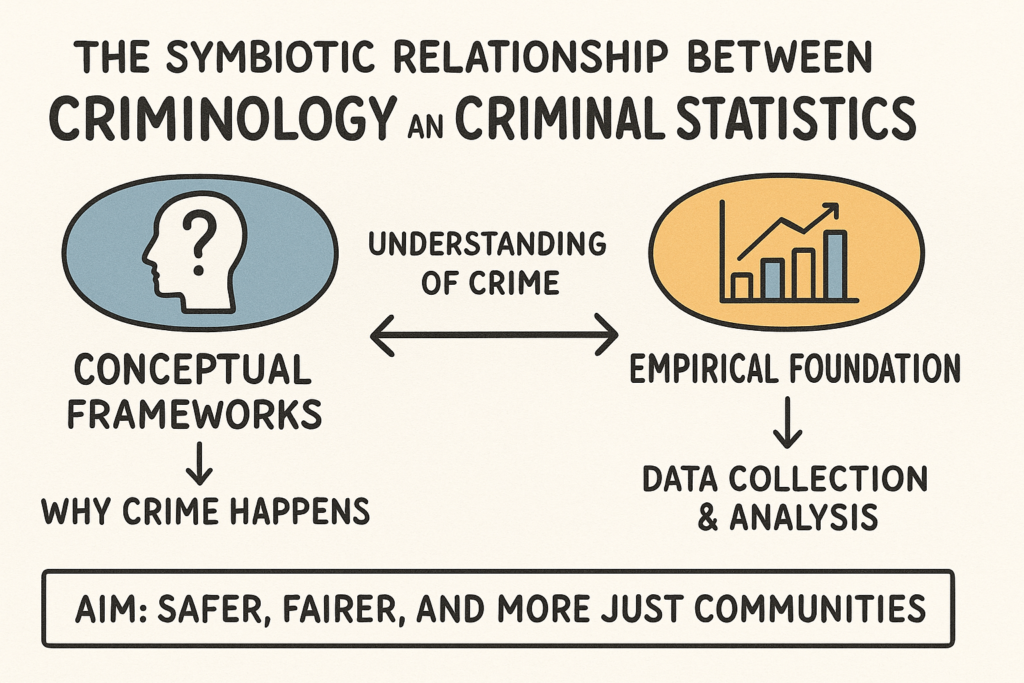
6. Challenges and Limitations in Crime Statistics
Despite their importance, crime statistics are not without problems. One major challenge is underreporting. Many crimes, especially those involving sexual violence, domestic abuse, or cyber threats, are often not reported to authorities. This underreporting leads to a distorted picture of the actual crime landscape.
Furthermore, variations in how crimes are defined and recorded across jurisdictions can affect the reliability of comparative studies. What is considered a felony in one country might be a misdemeanor in another, complicating international crime comparisons.
There are also ethical concerns in criminology and criminal statistics. The use of predictive algorithms and data-driven policing has raised questions about privacy, surveillance, and potential racial bias. When crime statistics are misused, they can reinforce stereotypes or justify discriminatory practices.
Criminologists must therefore approach crime analysis with a critical mindset, ensuring that data is interpreted responsibly and ethically. Data should inform policy, not dictate it blindly.
7. The Future of Criminology and Criminal Statistics
As technology evolves, so does the relationship between criminology and criminal statistics. The rise of big data, machine learning, and real-time analytics is transforming how crime is measured and understood.
For example:
- Artificial intelligence can detect patterns in large datasets faster than human analysts.
- Predictive policing tools use historical crime statistics to forecast where crimes are likely to occur.
- Social media analysis is being explored as a tool for tracking public safety threats and gang activity.
However, these innovations also come with the need for transparency and accountability. As the power of crime statistics grows, so does the responsibility to ensure that data is accurate, unbiased, and used to support justice—not control.
The future of criminology will likely be data-driven, interdisciplinary, and global. By continuing to integrate statistical tools with theoretical insights, the field will be better equipped to respond to the complex and evolving nature of crime.
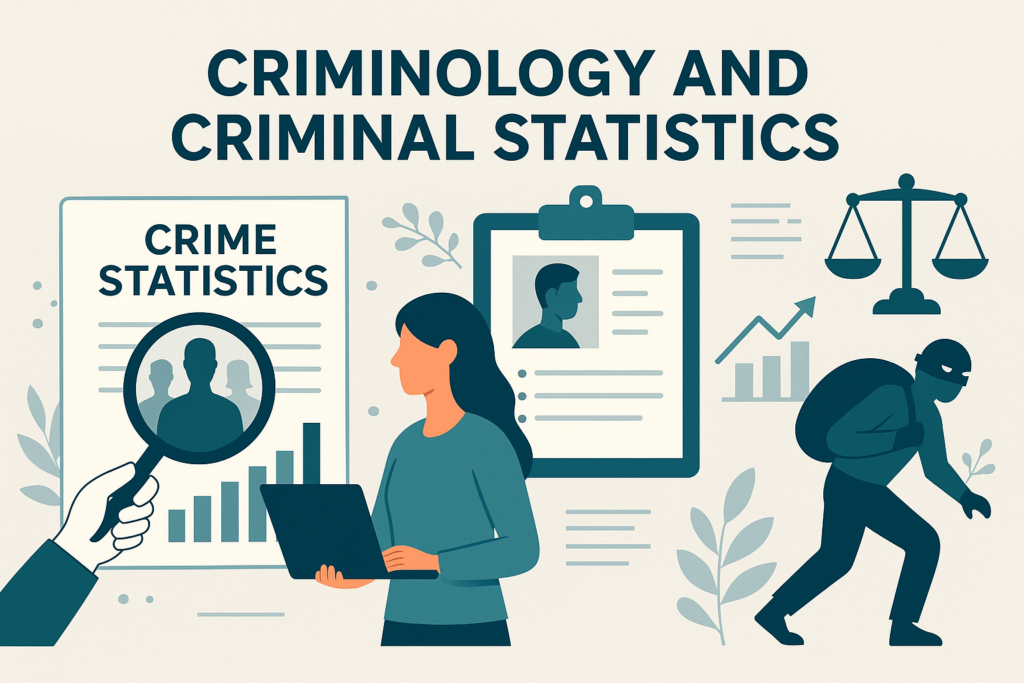
Conclusion
The symbiotic relationship between criminology and criminal statistics lies at the heart of modern crime research and policy development. Criminology offers the conceptual frameworks needed to understand why crime happens, while crime statistics provide the empirical foundation that gives those frameworks real-world relevance.
Together, they allow society to move beyond fear-based perceptions and toward a more scientific, evidence-based understanding of crime and criminal behavior. By continuing to invest in accurate data collection and ethical analysis, criminology can fulfill its promise of building safer, fairer, and more just communities.

